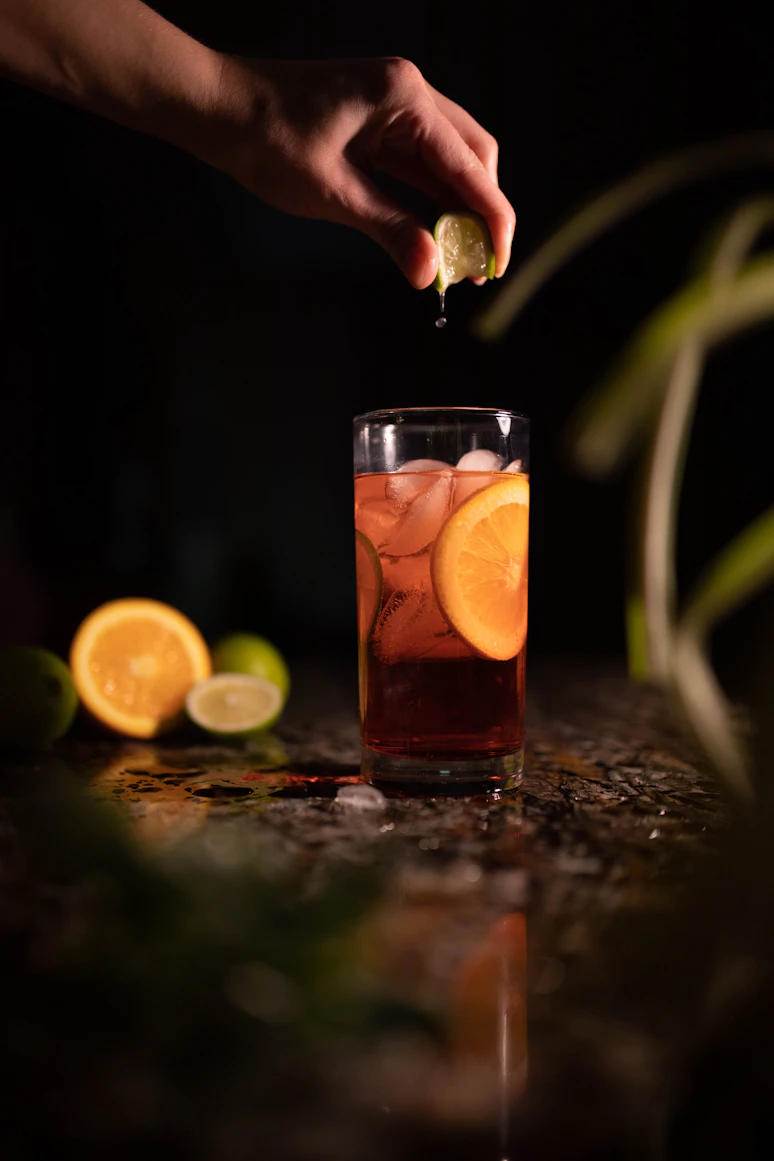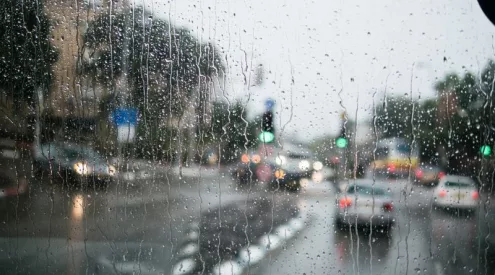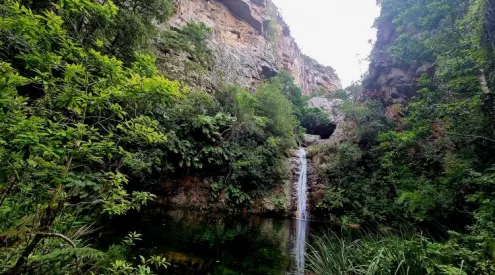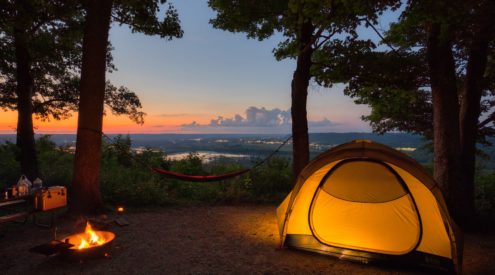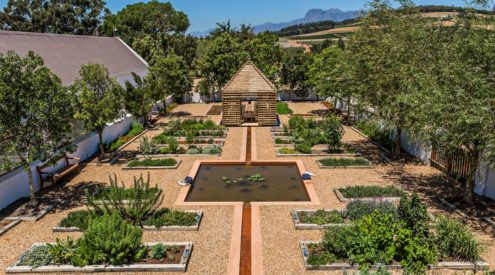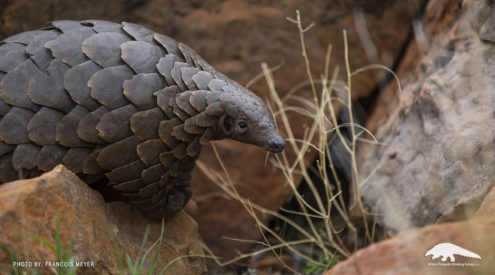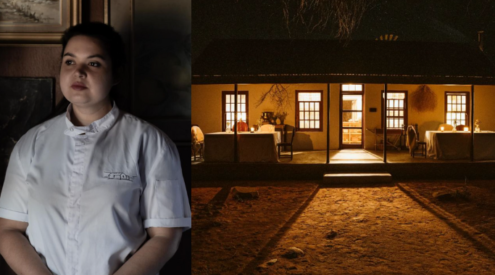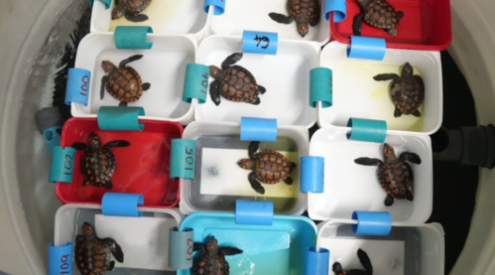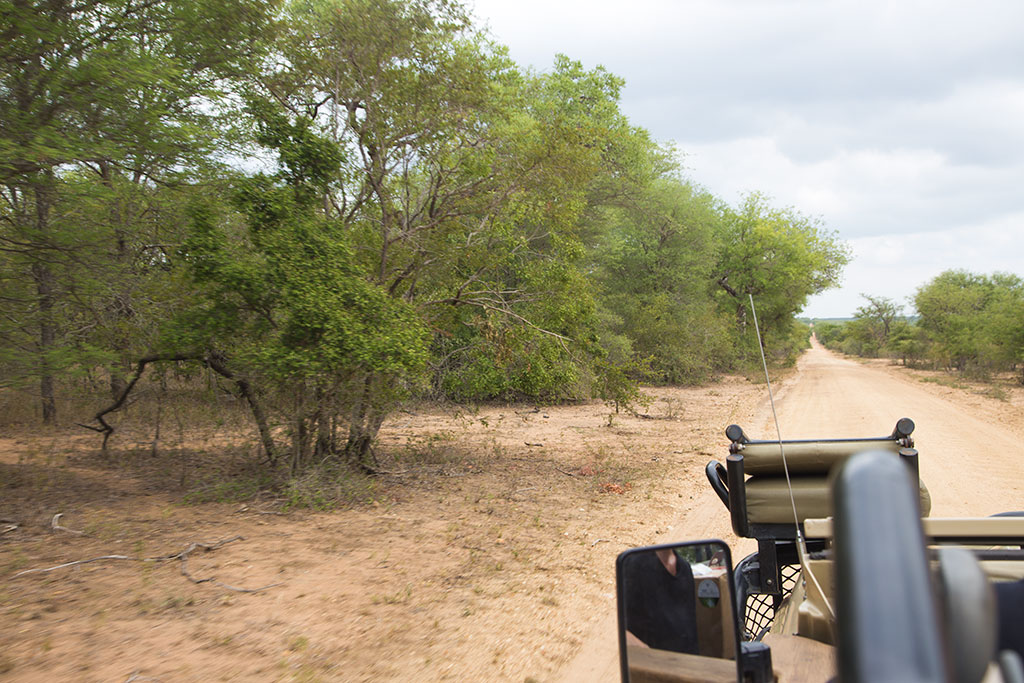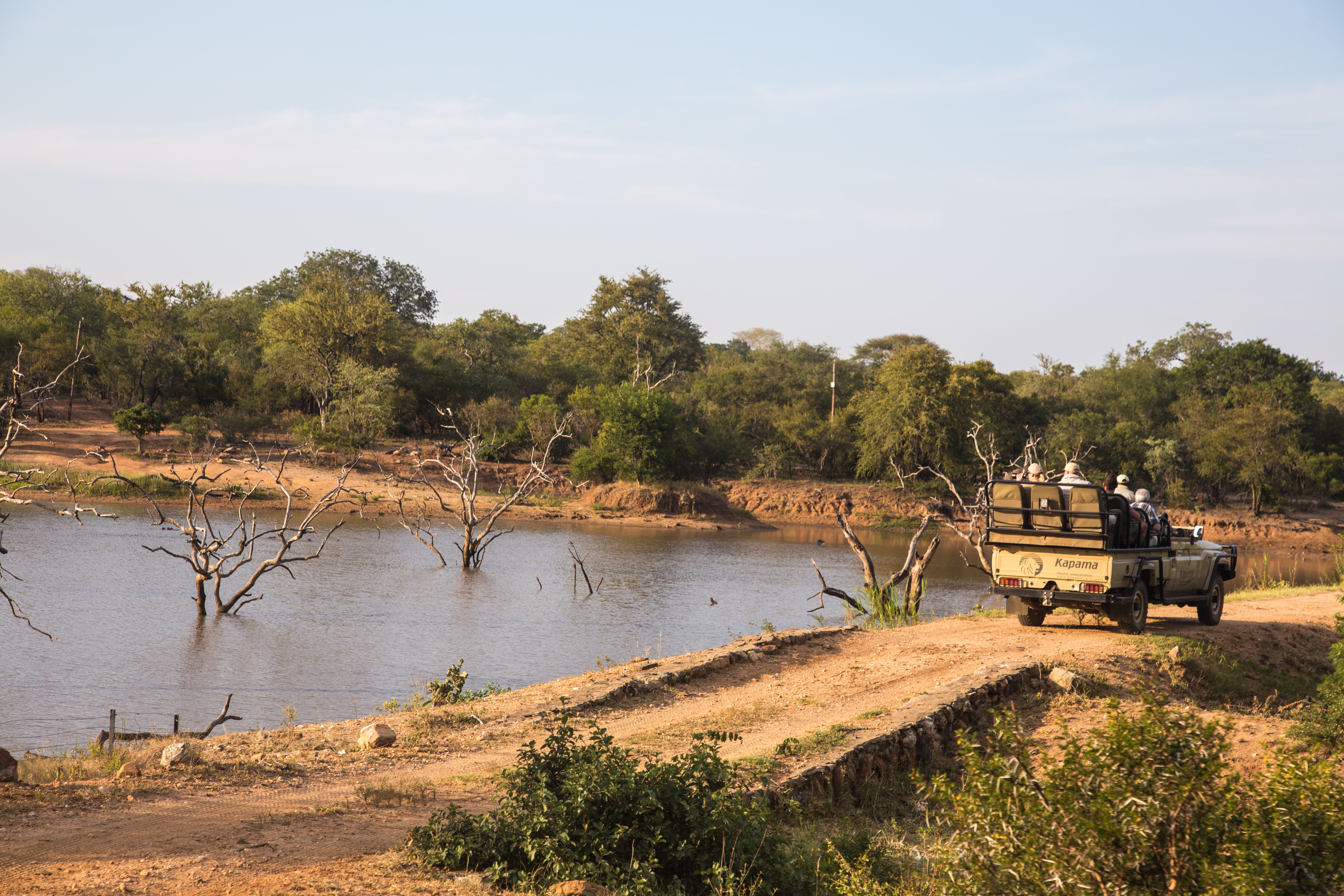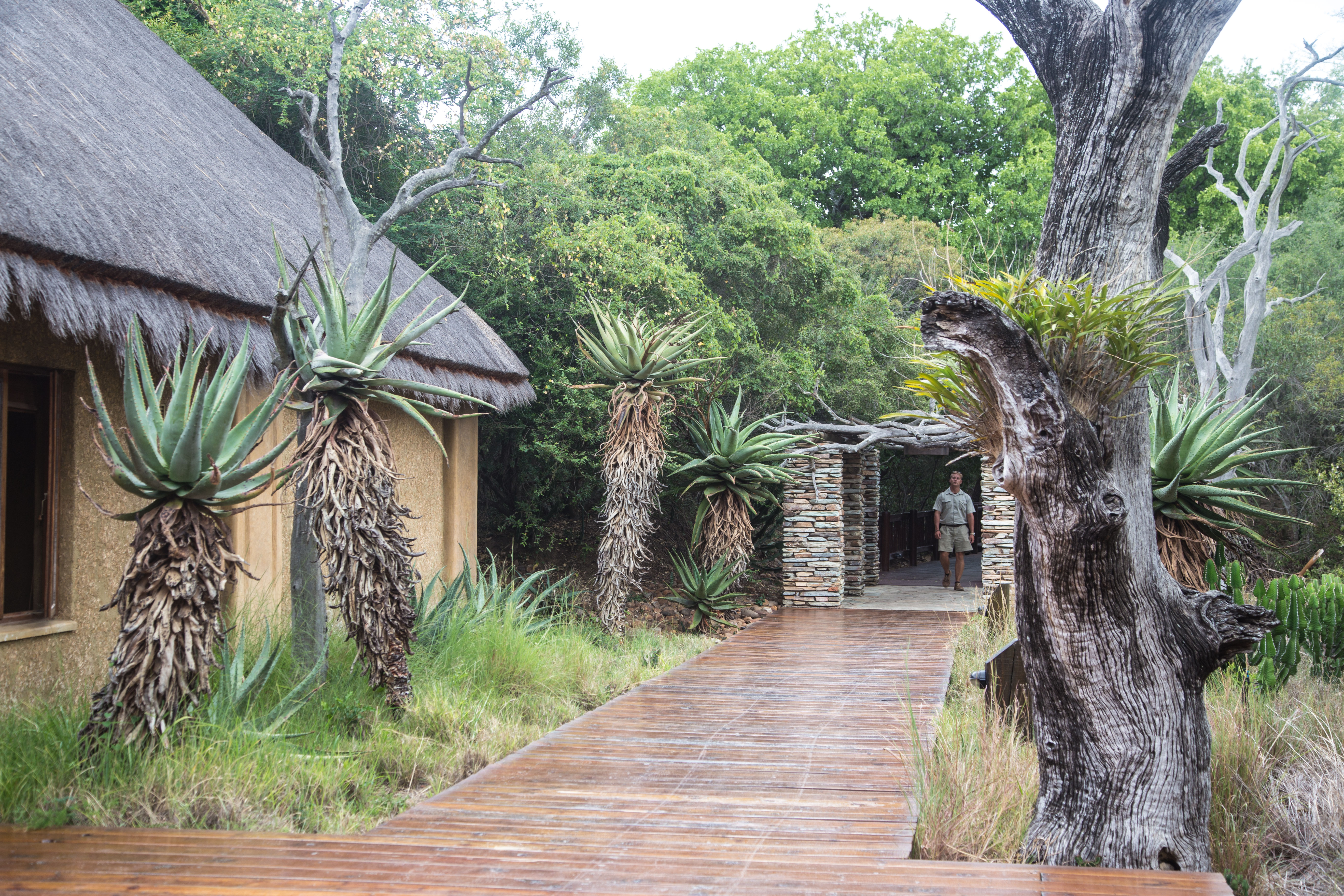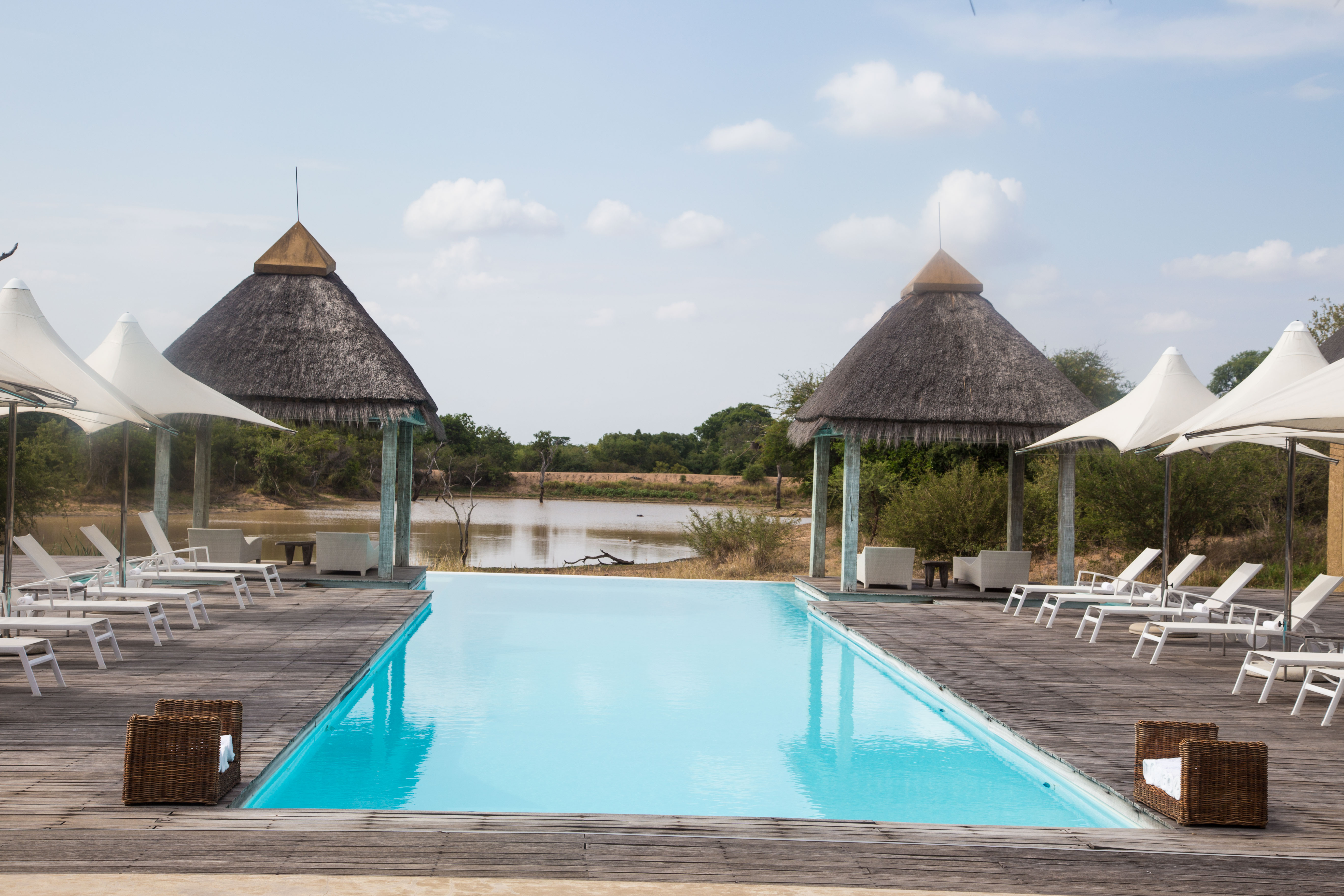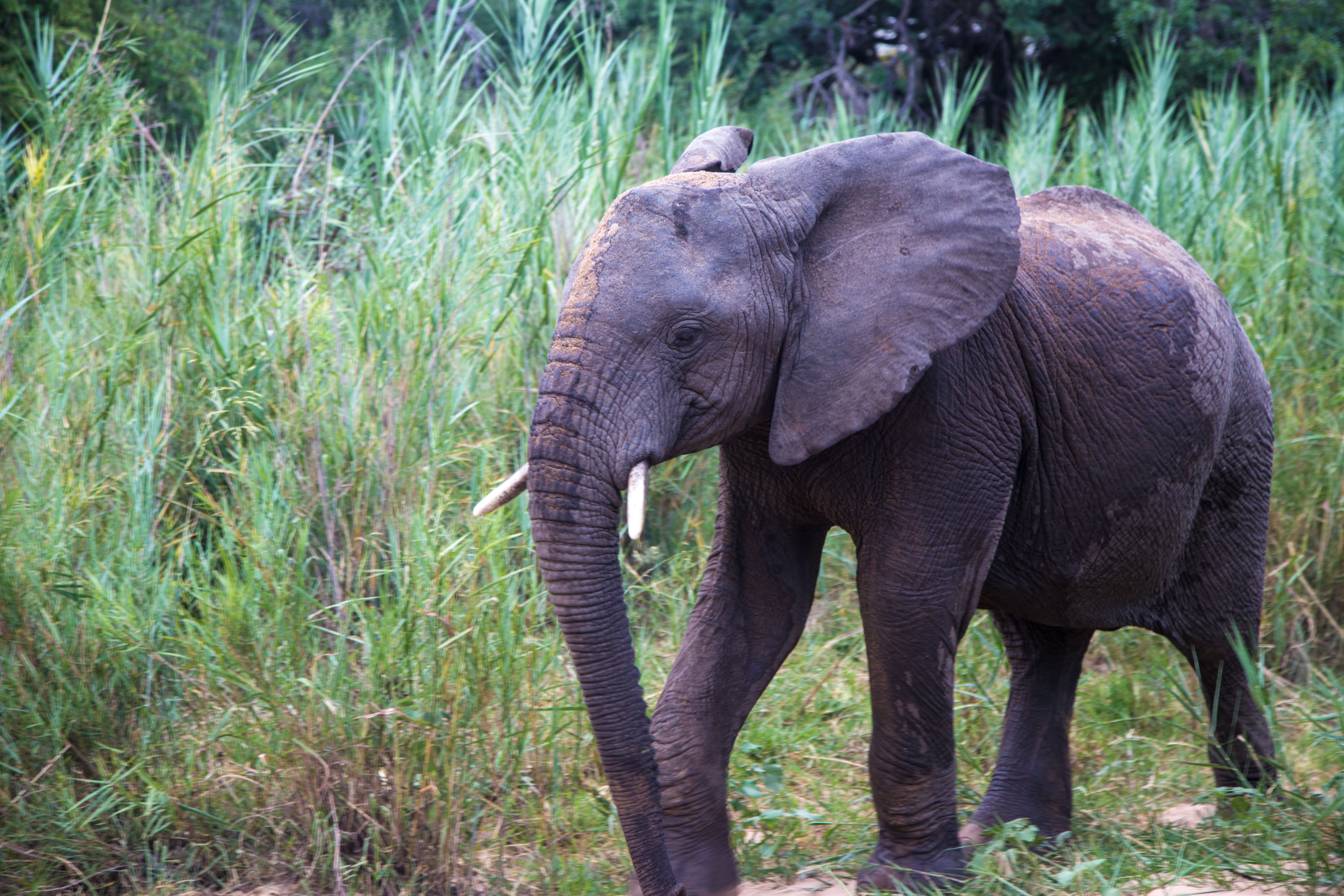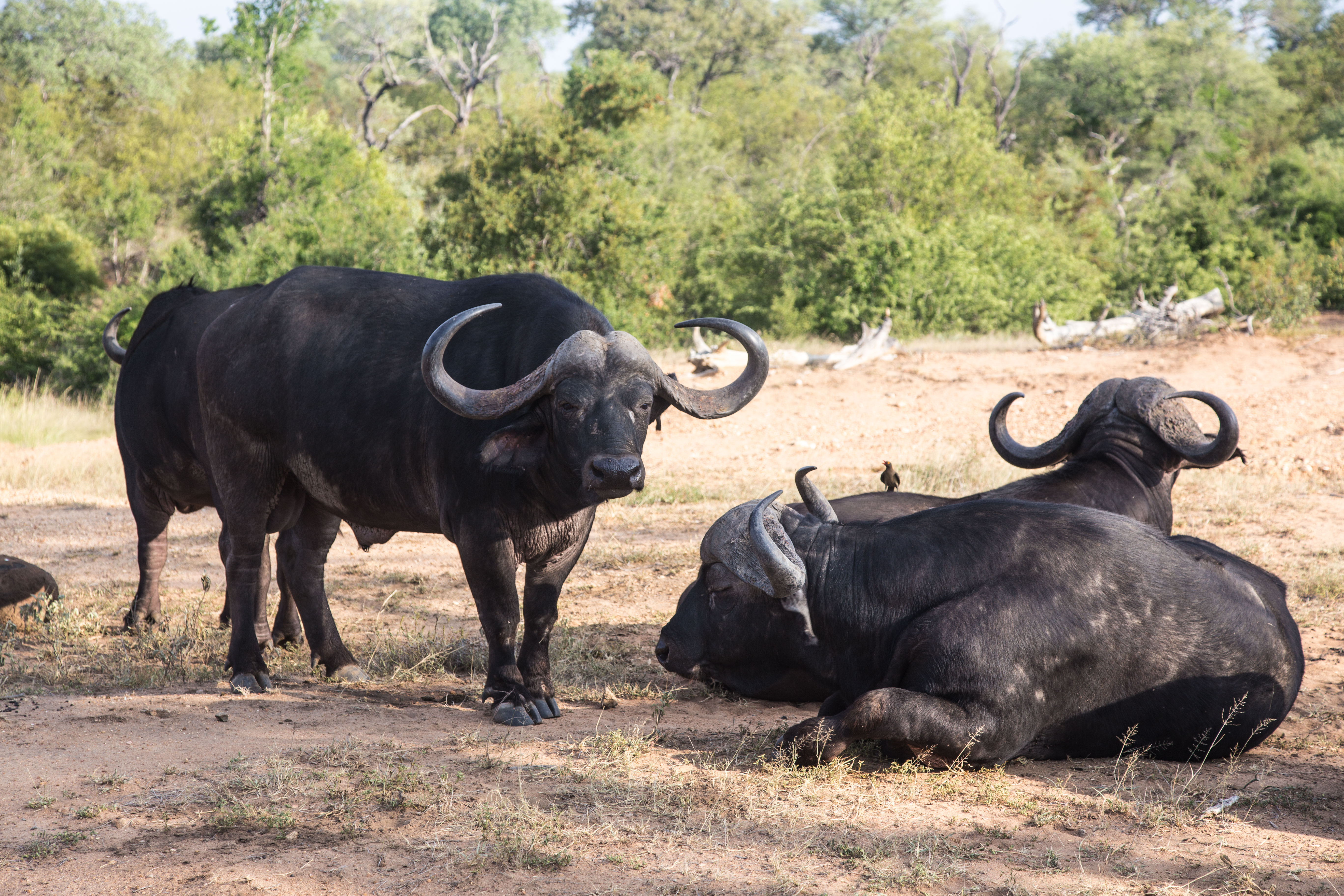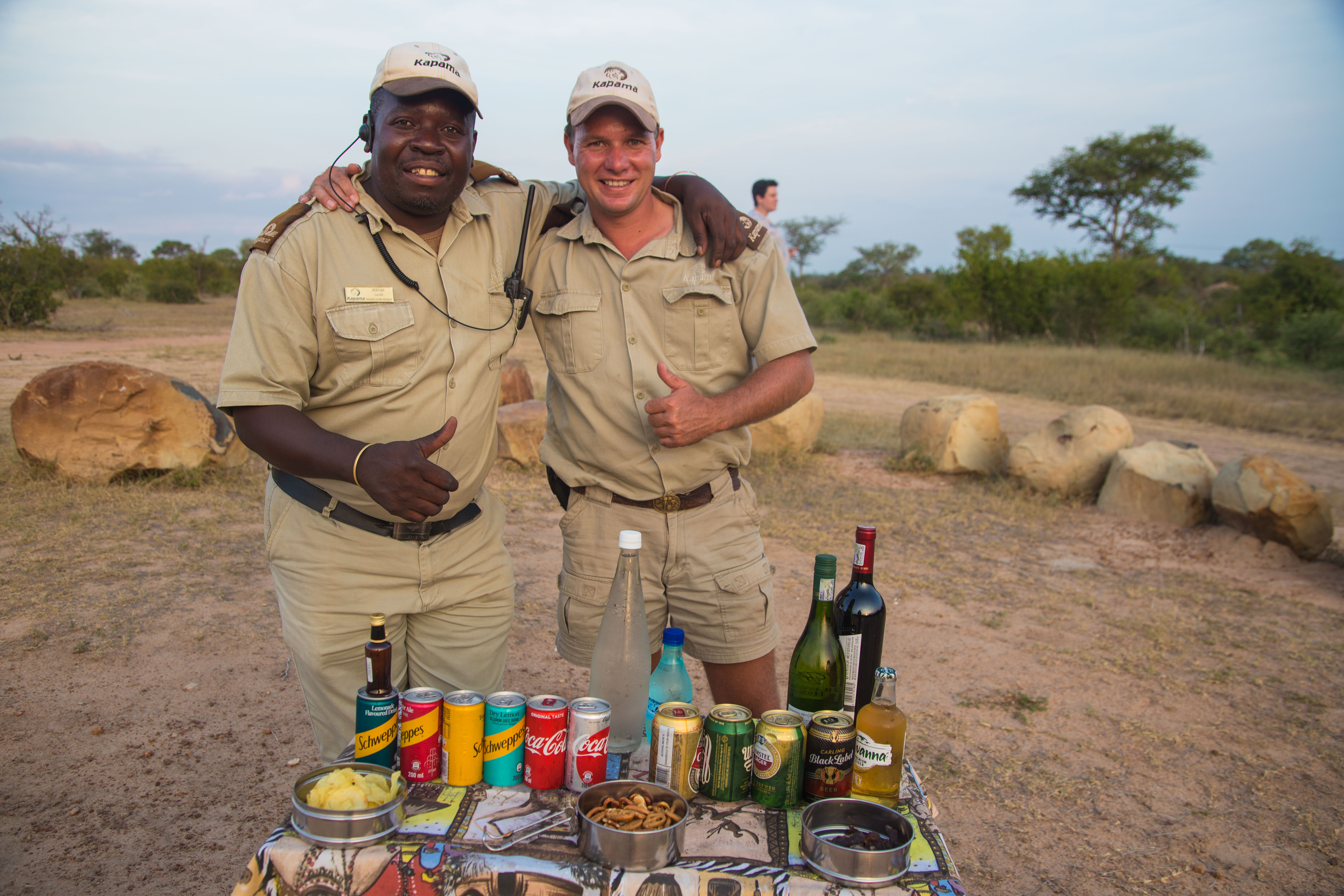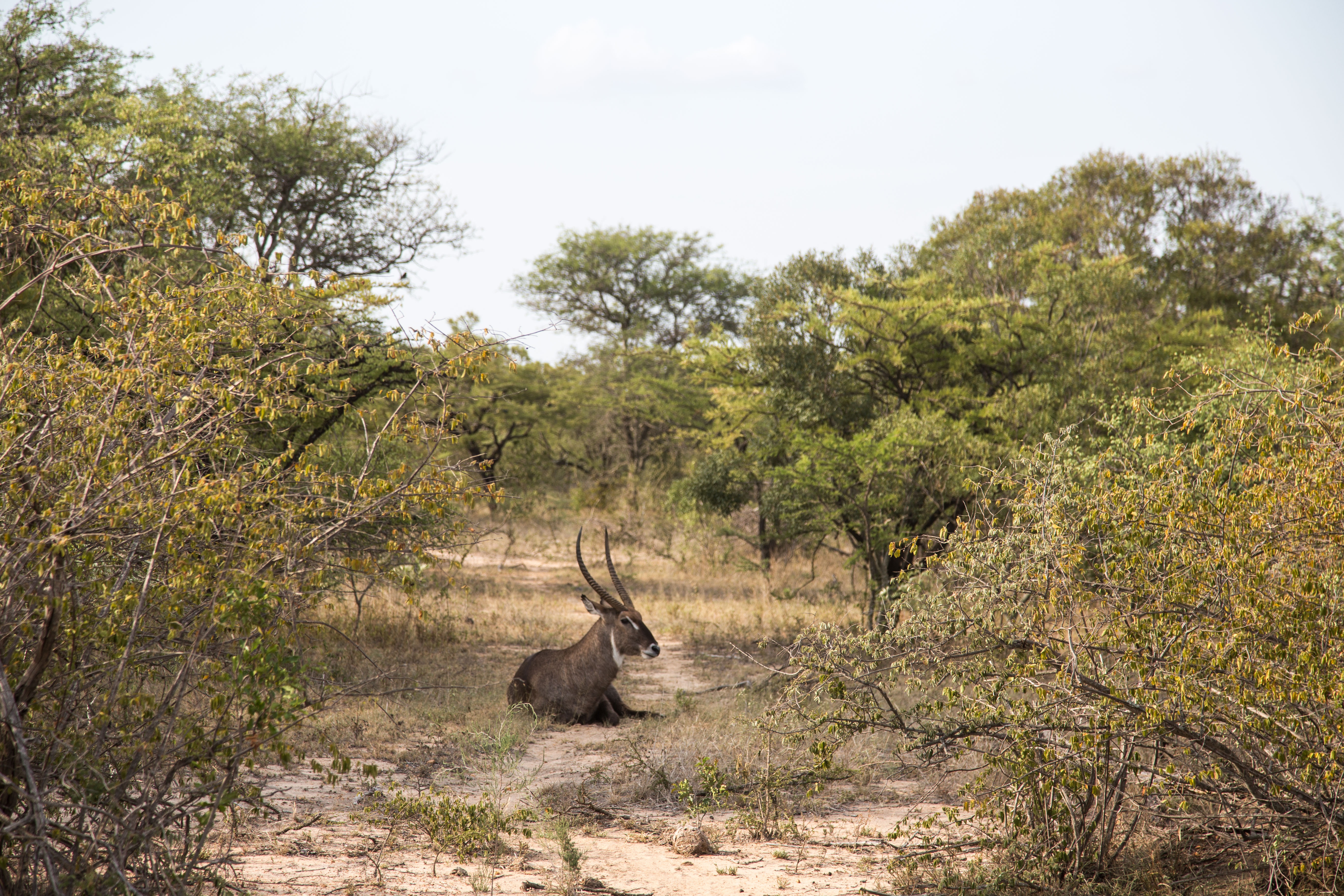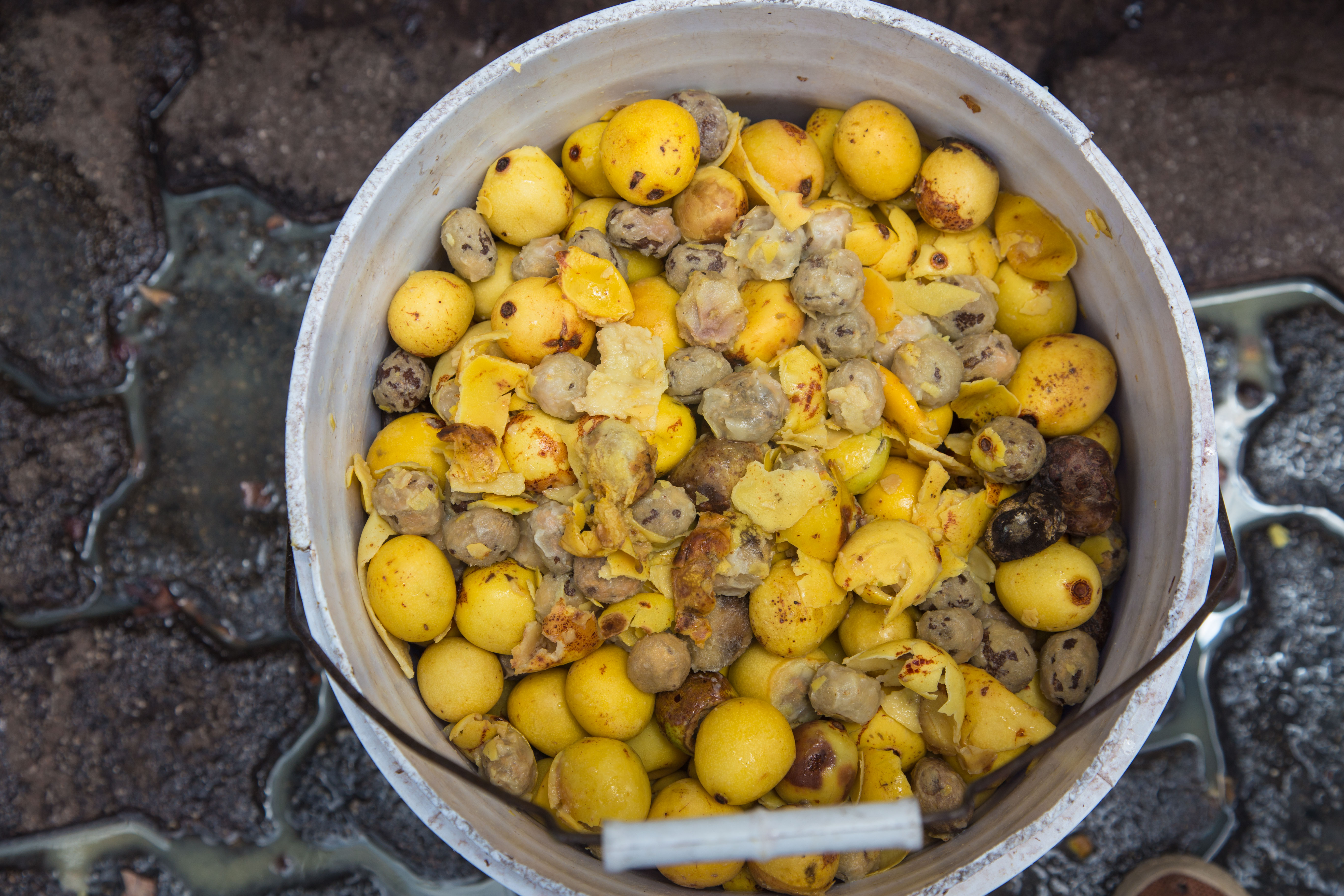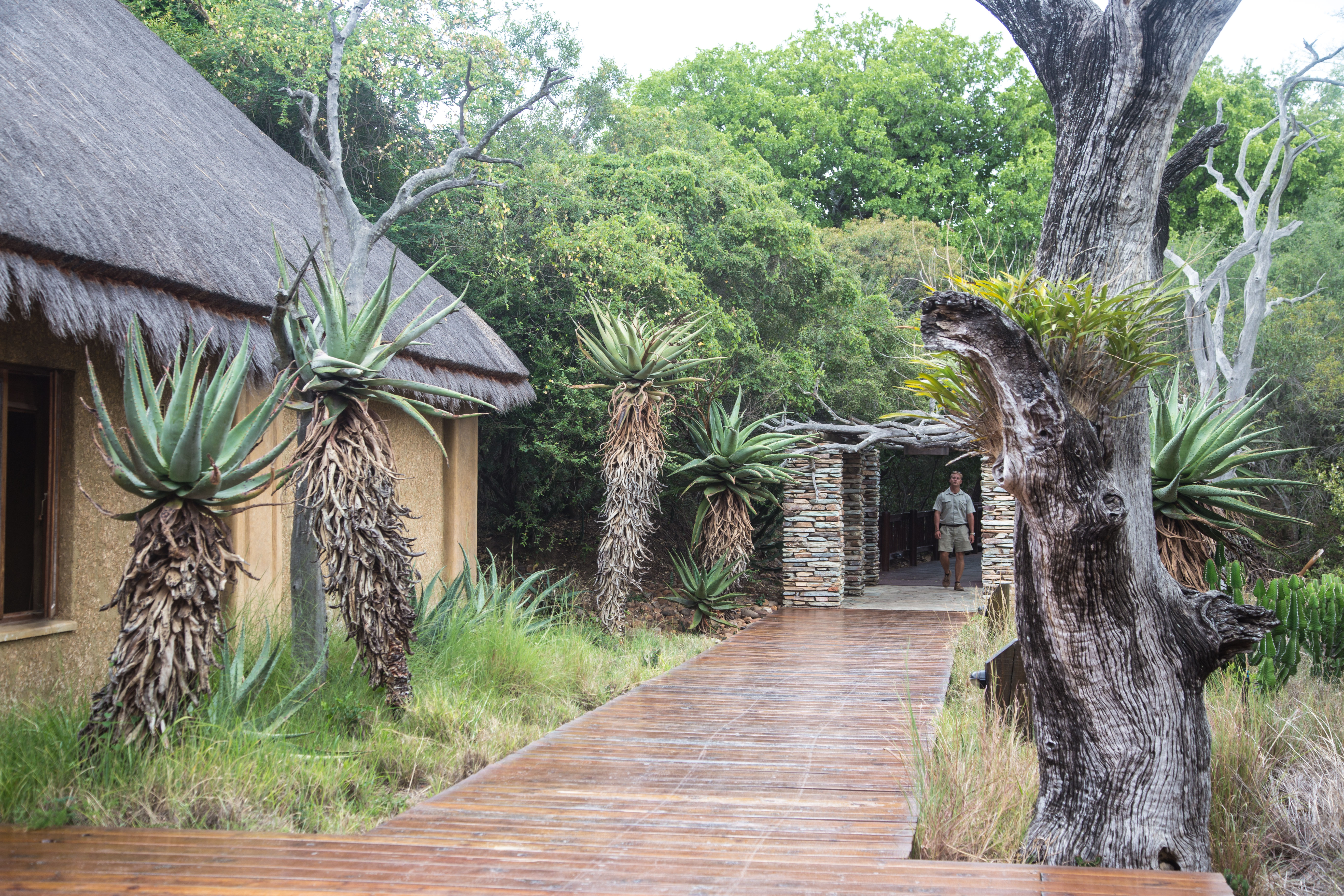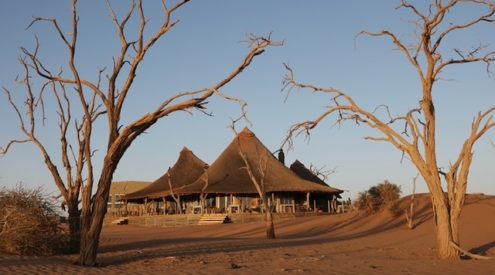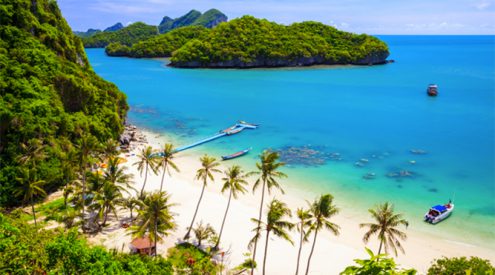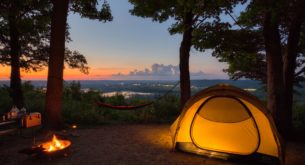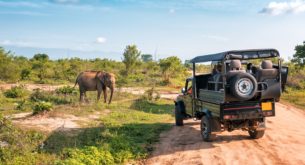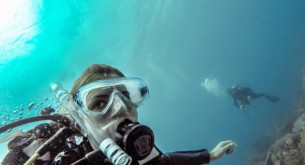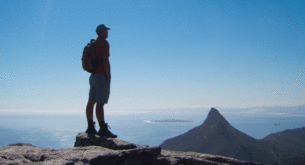I explored Limpopo’s Kapama Private Game Reserve in her abundant Marula season and discovered activities that would delight any nature lover.
Of course, I knew there was a direct flight from Cape Town to Hoedspruit. These are my thoughts, as we catch a red-eye flight north to Limpopo in order to connect with nature and all she bears for three days.
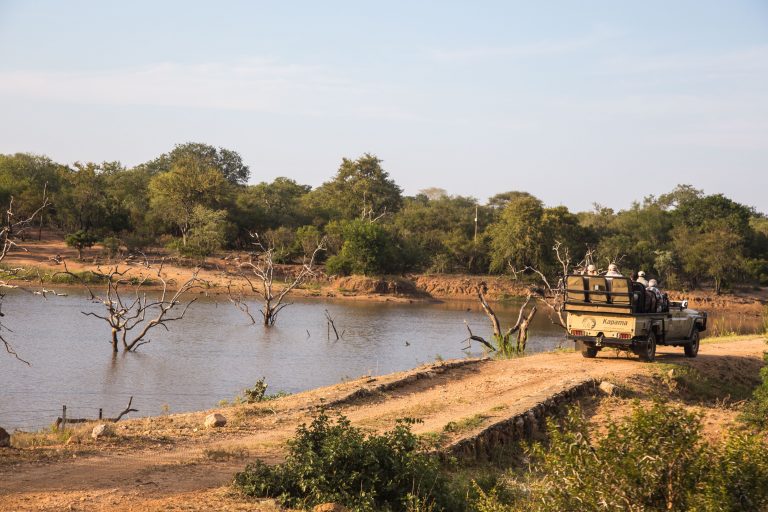
Views of a waterhole on a sunset drive in the Kapama Private Game Reserve. Image by Ondela Mlandu.
Hoedspruit is a small agricultural town between the Kruger National Park and the Blyde River Canyon. It’s either a five-hour drive from Johannesburg or a three-hour flight from Cape Town. Before starting our descent, I look out of the aeroplane window and, in stark contrast to the Cape, all I see is lush green bushes.
A step out of the aeroplane and we are welcomed by a warm gust of wind. The heat is excruciating, I can feel it strike my forehead. The Hoedspruit Airport is very intimate, with just two airlines flying between two major cities – twice a day. Our luggage is packed in an overlander and we drive to Kapama Private Game Reserve, our home for the next three days.
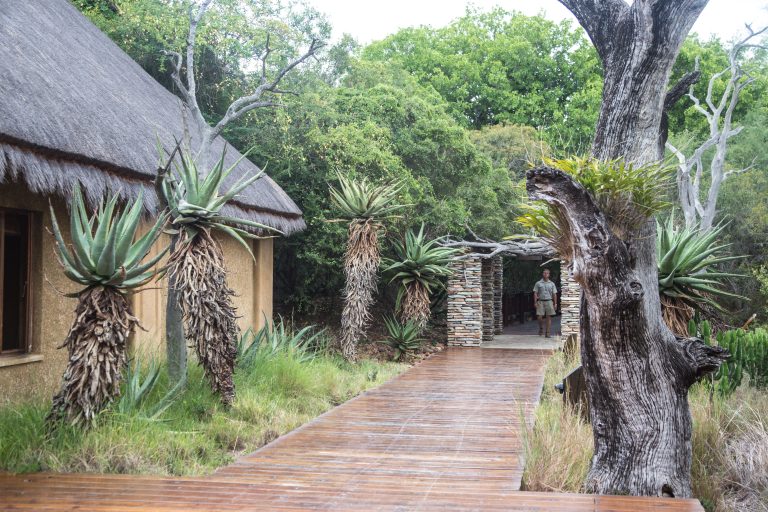
This path leads to reception. Everything at Kapama boats of brown and green hues. Image by Ondela Mlandu.
Kapama Private Game Reserve is 13000 hectares and boasts an abundant wildlife, including the Big Five. As we drive towards Kapama River Lodge, we spot some impala, kudus, duikers, warthogs and even giraffes. We learn that over 250 migrant bird species pass through the area during the summer months. Kapama is the largest private game reserve owned by one family in the area.
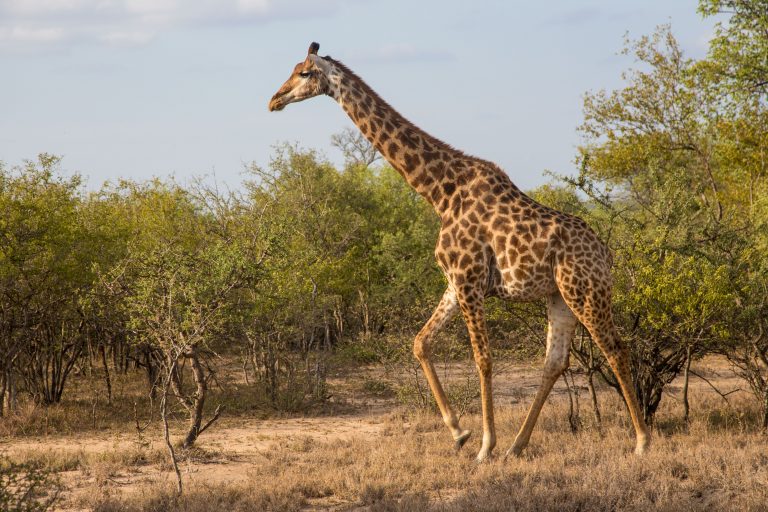
Not only do the staff at Kapama give a warm welcome, but the animals too. Image by Ondela Mlandu.
Limpopo is popular for the iconic Marula tree, which is rumoured to make elephants drunk after eating the fleshy fruit off these trees (this is actually an old wives tale though). We set off on an hour’s drive from Hoedspruit to Phalaborwa to visit the Amarula Lapa, where the fruit is made into Amarula liqueur.
Marula trees are found in sub-tropical parts of Southern Africa (Limpopo, northern Kwa-Zulu Natal, Botswana and Swaziland) and can grow up to 18 metres high. Marula’s belong to the same fruit family as mangos, cashews and pistachios and just one tree can produce roughly 500kg of fruit per year. The fruit is as small as a plum with a sweet fragrance. The locals in this area are very resourceful when it comes to the marula tree as the fruit itself is rich in oil, Vitamin A and C. The bark is also used for traditional medicine for stomach ailments, while the leaves are used for skin infections and insect bites. The marula pip is also used and makes a tasty snack. The oil extracted from the fruit is used for lotions and moisturisers, and some believe the fruit is able to induce pregnant women.
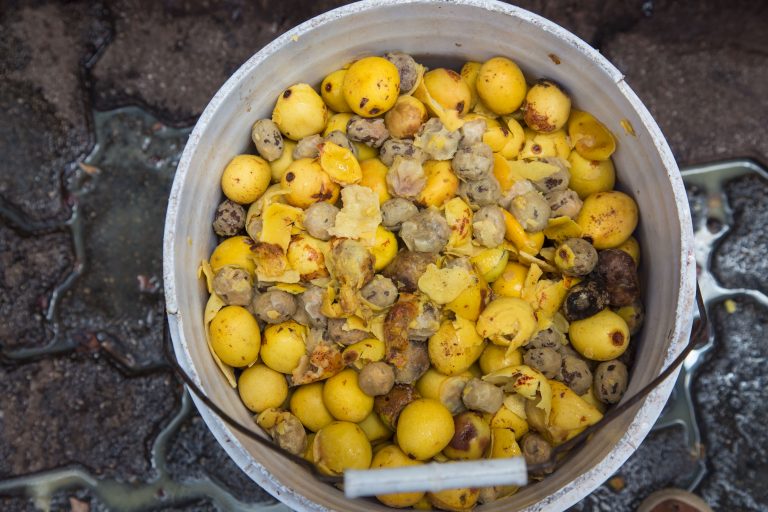
The Marula fruit is now ripe and ready to be turned into a product. Image by Ondela Mlandu.
At the Amarula Lapa, we learn about how the yellow fruit is hand-selected to make marula pulp, which then goes through a fermentation process before being transported to a distillery in the Western Cape. Once in the Western Cape, the marula spirit is stored in French oak barrels for two years. Vanilla extracts, spices and dairy cream is added to the marula spirit creating a rich texture that produces, the famous Amarula liqueur.
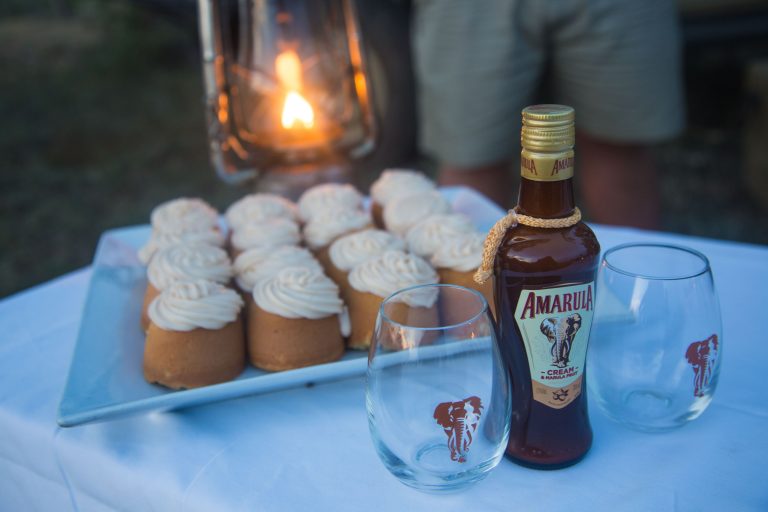
The famous Amarula liqueur. Image by Ondela Mlandu.
Once back at the reserve, we set out for a sunset game drive with our game ranger Marnus and tracker Bernard, stopping at a special spot for sundowners. As we drive back, we spot a sleeping leopard. In fact, over the three days, we were lucky enough to see all members of the Big Five. The close proximity of the leopard makes me very grateful it was asleep. It’s pitch black outside and the only source of light is Bernard’s flashlight and the stars. This romantic set up could also be someone’s worst nightmare – being out in the open bush surrounded by wild animals in the dark. I, on the other hand, found it to be sheer bliss.
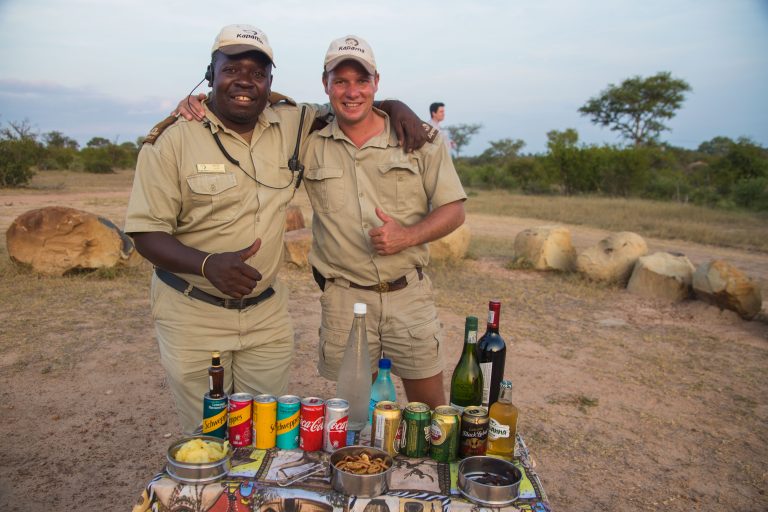
Our game ranger Marnus and tracker, Bernard at the sundowners spot. Image by Ondela Mlandu.
The day ends with a scrumptious buffet dinner and traditional song by the staff at Kapama, plus we enjoyed dinner with our guide too. This is a lovely way to connect with the guide, especially since we spend a lot of time together on several game drives. The buffet caters for meat lovers and non-meat eaters alike. A stroll back to the River Lodge is much needed after a full belly. The sound of nature makes for the perfect lullaby, as we make our way back.
Look out for…
Annual Marula Festival – Phalaborwa, Limpopo
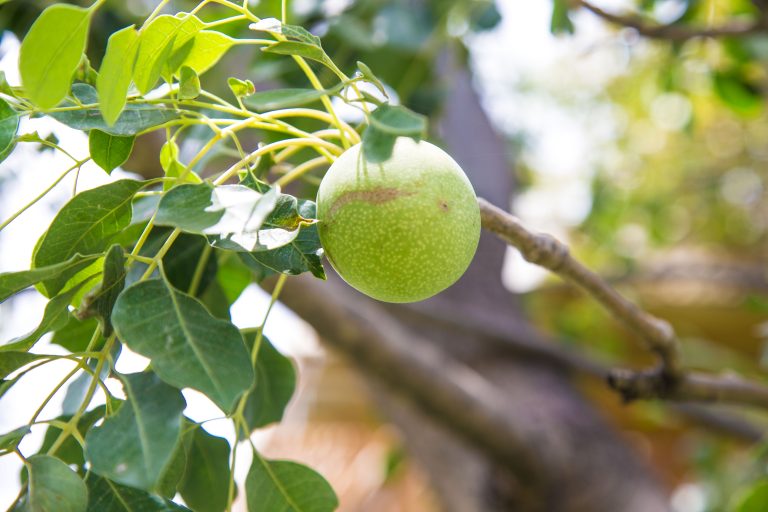
A marula fruit hanging from a tree, in the early stages. Image by Ondela Mlandu.
The Marula Festival takes place annually during harvest season and starts in February at the Impala Park Stadium in Phalaborwa. Attracting more international visitors, the festival brings a positive impact to the home of Amarula and the community of Limpopo benefits economically through job creation. More visitors want to explore partnerships with the women of the community to create a sustainable heritage as well as to celebrate the unique cultures. The big calendar event also includes live performances from local acts. Tickets start from R150.
Top 5 things to do at Kapama
1. Photographic safaris
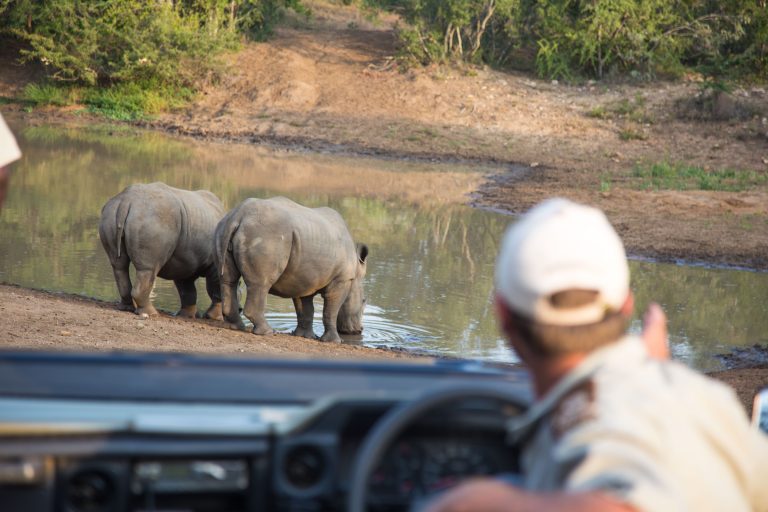
We observed these two siblings playing for a while, before they decided to drink from the waterhole. Image by Ondela Mlandu.
The photo safaris at Kapama Private Game Reserve are hosted by wildlife photographer Albie Venter. Suitable for all levels, the sessions allow you to enjoy nature and photography. If you’ve never operated a camera before, he’ll teach you about both the technical and artistic side of camera functions. Bringing your own camera is advised, but renting one is also an option. The photography session includes a game drive on a private vehicle, photography tuition notes and training materials.
2. Spa Treatments
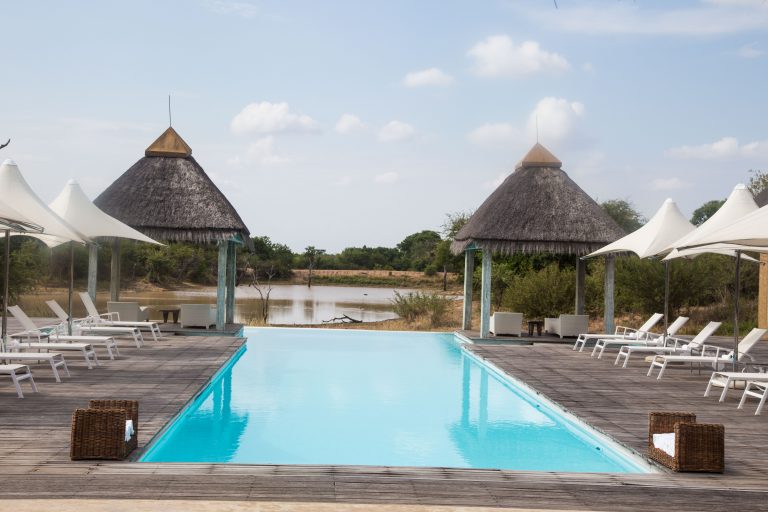
A swim in the infinity pool overlooking for the wild is the perfect way to end the day, after a spa treatment. Image by Ondela Mlandu.
Whether you feel like working up a sweat or simply getting a body treatment, you’ll walk out feeling wonderful. The River Lodge Spa has treatment rooms that surround an infinity pool, looking out over a watering hole. This is also where you will experience stillness and the bushveld, like nowhere else.
3. Game Drives

Spot the Big Five on a game drive. Image by Ondela Mlandu
Twice a day at 06:00 and 16:00, you’re accompanied by a guide and tracker to spot animals and birds in the game reserve. Most of the wildlife appears in the evening and your tracker teaches you how you spot animals in the dark using the flashlight, through the colour of their eyes.
4. Bush Walks
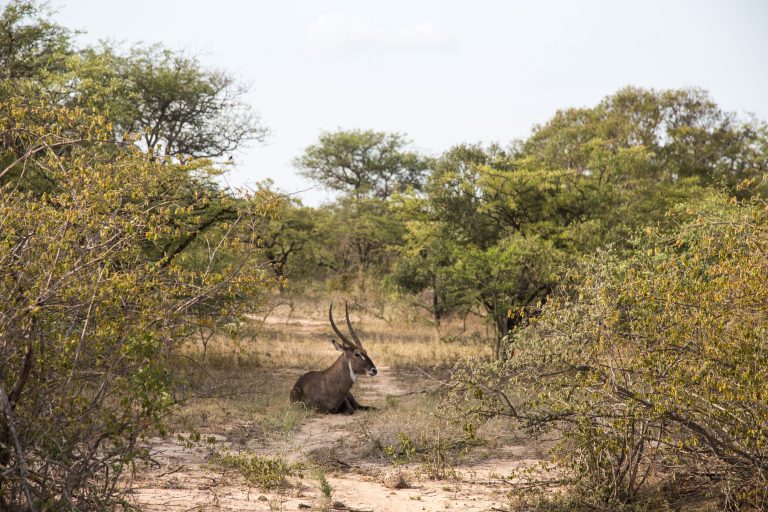
Among the bush shrubs, you’ll come across the unexpected beauty. Image by Ondela Mlandu
Done with a guide from Kapama, you have the experience of tracking animals as told by the story of their footprints. All animals are viewed at a safe distance and the guides can interpret the nature of each species spotted.
5. Elephant interaction
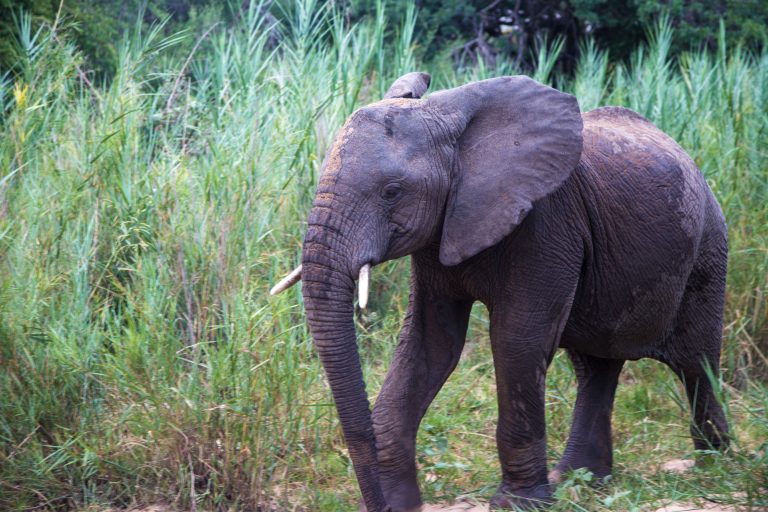
This cutie was spotted in the wild, along with a herd. Image by Ondela Mlandu.
The early morning excursion to Camp Jabulani is worth it! 90 minutes of interacting with elephants so closely is simply magical.
The first herd of elephants arrived in Camp Jabulani in the 1980s. The elephants were rescued from Zimbabwe and placed in Camp Jabulani for rehabilitation. It’s evident in the way the herd interacts with their elephant manager, that there is a sense of trust and love at the camp. Riding the elephants here is forbidden.
The interaction is feeding them and standing alongside them to take a photo. Camp Jabulani took the decision to go against elephant-back safari in May 2016 because of the abusive way, the elephants are treated around the world. The owner and CEO of Camp Jabulani, Adine Roode says “With our strong conservation ethos that underpins all our activities and our approach to animal welfare issues, we are in full agreement with the negative sentiments relevant to abusive methods of training. I am now looking to apply knowledge to the rescue and rehabilitation of orphaned and injured elephants, particularly those orphaned due to poaching. A number of infant elephants have already been brought to us over the past five years and introduced to the herd with minimal human intervention.”
Have you visited the Hoedspruit area? What are your unmissable spots?

